History of Samoan Tattoos
12 July, 2022You would probably recognize a Polynesian-style tattoo if you saw one. Have you ever seen Dwayne The Rock Johnson? Or Moana, the Disney movie? Those are the most famous Polynesian-style tattoos in pop culture today. Well, Samoan tattoos are similar, but not to be confused.
Most Polynesian cultures have their own history and style of tattooing. If you study enough, you’ll be able to pick out the differences in Samoan tattoo designs quite easily. You might even be able to pick out influences in modern-day tattoos.
Samoans created their own tools and a vast array of designs to tell stories in their tattoos. Each Samoan village made its customs and symbols that hold the history of time. Today you can recognize Samoans and even which tribe a person may be from just by the marks on their body.
Mad Rabbit has scoured the web to give you a solid history lesson about where Samoan tattooing came from, Samoan techniques, and what a Samoan tattoo might look like now.
Who Are the Samoans?
The Samoan people are indigenous people from a small collection of islands located in Polynesia. Samoans are island people, but they are not all one people. There are many villages throughout their islands, and each village is semi-self-governed.
There is consensus in larger towns, but you shouldn’t expect things to be the same from one Samoan community to the next. Today Samoans have migrated worldwide, with many living in Hawaii, New Zealand, and Australia.
Many Samoan descendants have a tie to their culture or would like to. Some have taken to the art of “tatau” to get back in touch with their roots.
Where Does Samoan Tattoo Come From?
A Samoan folklore tale tells the story of twin sisters, Taema and Tilafaiga, who traveled to Fiji and learned the art of tattooing. They returned to Samoa and shared their knowledge, and the art of tattoo spread through Samoa.
Think of these women coming with their tattooing tools the same way you would think of someone introducing painting tools into a society for the first time. Hand these tools to someone who has never seen ink, and they will create art informed by their society.
Tattooing was soon banned after some of the Samoan islands were converted by Catholic evangelists. Fortunately, because of the archipelago of islands, the evangelists were limited in how far they explored the Samoan islands.
Thankfully, some of the tribes were preserved as they were, away from the influence of Catholicism. The Samoans would go to other parts of the islands to get tattooed even though they wouldn’t be allowed to return home.
How Were Traditional Samoan Tattoos Made?
A Samoan set of handmade tattooing tools is called an ‘au. A small bone comb with sharp teeth is used to pierce the skin and insert the pigment. The comb is attached to a turtle shell plate for structure and strength, which is then tied to a wooden handle using coconut fiber. The whole apparatus ends up looking like a miniature garden rake.
Modern day ‘au sets are often made with plastic or metal.
Similar to tattooing needles, there are different-sized tools in an ‘au set. Wider ones fill large areas with lots of ink, and thinner ones create fine lines and more intricate designs.
Samoan tattoo pigment was made by smoking nuts on the fire with a coconut shell above to collect the soot. The soot was mixed with sugar water to create a paste and then sealed and cured for at least a year.
Traditional Samoan Tatau Style
The Samoan word for tattoo is tatau. The Samoan tatau is done by the Tafuga, the trained tattoo artist for the Samoan people. The Tafuga often pass the ritual and technical tattoo skills to their descendants.
Traditional tatau is a rite of passage for Samoan men and women, but it’s not an easy one. Receiving a traditional Samoan tattoo is a long and incredibly painful process. The tattoos span multiple parts of the body and are complex designs. The tattoo artist creates designs that cover the body in a way that it looks like the tattoo-ee is wearing clothes even though they are naked.
Multiple tattoo sessions over weeks or months are required, section by section. While the Tafuga tattoos the person, assistants aid the process by cleaning the skin and holding areas of skin taut for the Tafuga. Usually, parties are held during the tattooing process. Partygoers play music and sing songs to channel the tattooed person's energy and focus away from the pain.
Pe’a
Pe’a is the Samoan word for the male version of the traditional Samoan tattoo. The name comes from the Samoan pe’a (fruit bat), often represented in traditional Samoan tatau patterns.
Getting a pe’a is a gift and a rite of passage for Samoan men. Getting a pe’a is an offering to those who have become respected members of society. One may also ask for permission to get the tattoo from his elders. The elders may oblige so long as the young man has not proved himself unworthy.
Men with these tattoos are called Soga’imiti. Once they have their pe’a, they are allowed to serve the chief and do certain tasks for the tribe. The men without a pe’a tattoo are known as telefua or telenoa, meaning “naked.”
It is better to be naked than have an unfinished pe’a. Those who do are referred to as pe’a mutu, “mark of shame.”
A traditional pe’a tattoo starts at the waist and spans down to his knees. The tattoo involves intricate geometric shapes and pattern designs that denote meaning to the person’s family and place in the culture.
Malu
Malu is the Samoan word for the women's traditional tattoo. In the early days, only the most prestigious of women could receive a malu. The malu would be showcased during a ceremonial dance to show off the leg tattoos of the woman. The malu was thought to increase the beauty of the woman.
A malu is from the upper thighs to below the knees. The designs are less complex and more delicate than those of a pe’a. The traditional malu was done for decorative purposes and had less cultural significance besides denoting the woman's ranking.
What Are Some Traditional Tatau Designs and Meanings?
Elements of the pe’a and malu will always be the same on every person that receives a tattoo – that’s how you can recognize a Samoan tribal tattoo versus another type of Polynesian tattoo. A triangle frame with a smaller ink-filled triangle is on the lower back of all pe’a tatau. Shark teeth tattoos are another type of Samoan tattoo that often means protection.
The parts of the tattoo that change are determined by the village the person belongs to, their family’s history, their place in society, and the Tufuga who is giving them their tattoo.
There are many, manysymbols in Samoan tatau. Many come from animals encountered on the island and tools the village uses. Symbols and their order tell stories of a village’s history, a family's history, the status of a family, or a signature of the Tufuga. Some symbols are understood in greater Samoa and others are very village-specific and have different meanings from place to place.
Anyone donning a tatau, pe’a, or malu is respected for the courage and resiliency it takes to receive the tatau. While receiving a tatau the person must follow very specific instructions on how to care for themselves and how others should care for them. They have to be cared for and prayed for by the village, someone must always be by their side, they must avoid the sun, and they must wash themselves daily in the island waters.
The process is long, painful, and dangerous but the community takes care of the receiver, and when the tattoo is complete they hold a great celebration for the newly anointed. The newly tattooed person is rewarded with the honor of joining inner circles during ceremonies and village talks to learn more deeply about their culture.
Modern Day Samoan Tattoos
What do Samoan tattoos look like these days? Samoans still carry on their ceremonial tattoo processes to this day but some things have changed. As times have changed and many Samoans have migrated all over the world, so have the practices and what could be considered a Samoan tattoo.
As per usual with change and tradition, not everyone agrees with contemporary Samoan tattoos or the way the traditional practice has changed. Well, disagreement is older than tattooing.
Migration and Modern Day Samoan Tattoos
Samoans have migrated to nearby Polynesian islands and continents and also around the world. Children of migrant Samoans find themselves wanting to connect back to their ancestors, Samoan roots, and the islands.
Some Samoan descendants find their way back to their culture with tatau. It is still common and possible to get a pe’a or malu today and the process is still very similar and painful.
While some people may get involved enough to return to the islands to get a pe’a or malu, or find a Tufuga in their area, others have opted for usually smaller, contemporary Samoan tattoo designs that pay homage to the traditional ones.
Today you may see very traditional Samoan designs with alternative placements not traditional to the pe’a and malu. A chest tattoo, arm tattoo, shoulder, or back piece featuring Samoan design elements are more common these days.
Modern Day Samoan Tattoo Debate
There is debate surrounding getting a traditional pe’a or malu for Samoans that have migrated away from the culture. Some say if they want a traditional style of tatau they should learn more about the culture first. Others argue that getting a tatau is an incredibly educational experience and that having the tattoo will be a reminder that encourages them to better know their ancestors' culture.
Modern Day Tatau Ceremonies
When evangelists converted villages in the Samoan islands, they initially tried banning tattooing. Partly because tattooing was “degrading the skin” and partly because they thought the tattoos had a religious meaning that they didn’t believe in.
And while it worked in some villages, young Samoans who still wanted their tatau would go to other villages in the islands to receive them. But they wouldn’t be allowed to come back.
Decades later tattooing was re-allowed, and since then, it has fully re-emerged as an important part of Samoan culture. Now it is common for pastors or preachers to anoint the tattoo session by sanctifying the location.
Modern Day Malu
Today, the trend is that a malu can be received by any woman, similar to the way a pe’a can be received by almost any man. These tattoos have become a rite of passage for Samoan women.
What Is a Soa?
Now it’s traditional for the person receiving the tatau to choose a family companion, a soa, to receive the tatau alongside them. This camaraderie will help the receiver to withstand the pain and restrictions faced when going through the tattoo process since these traditional tattoos still take weeks/months/years to complete, and the healing process is more dangerous than a modern day machine tattoo.
Safety and Aftercare
Traditional Samoan tattoos are still done similarly to how they were done back in the day. The ‘au set is made in the same comb fashion but now is sometimes made with metal or plastic. Tafugas and their assistants wear sanitized gloves and consider modern day tools when giving their aftercare instructions.
Some still have their clients use traditional Samoan mattresses for lying and sleeping because they are more breathable than modern mattresses.
Your modern day Tafuga might recommend that you use a nice healing balm after you receive your tattoo, but we would doubt they would give you the benefit of using any modern day numbing creams or numbing spray to make the process more bearable. Part of the respect that comes with getting a pe’a or malu is the pain you can bear (but we won’t judge!).
In Summary
The legend tells that two sisters brought the art of tattooing to Samoa. The people were originally dismayed but soon it became a very important part of the culture. They created rituals for receiving tatau, and societal customs and rules around having or not having these tattoos.
Samoans created their own tools and a vast array of designs with deep meanings to tell stories through their body art. Each Samoan village made its own customs and symbols that hold the history of time in the body tattoo. Today, Samoan people can recognize each other and even which tribe a person may be from just by the marks on their body.
Samoan tattooing culture remains strong, as do Samoan tattoo ideas. There is debate as to who can get a Samoan tattoo, where the tattoo should go, how the tattoo is done, and where in the world the tattoo should be done.
But where there is debate, there is liveliness – which means the art of Samoan tattoo is very much alive and well.
Looking for more info on all things tattoo and tattoo culture? Explore the rest of the HUSH blog here!
Sources:
"Tatau" and "Malu": Vital Signs in Contemporary Samoan Literature | JSTOR
The Truth about the Samoan Tattoo (Tatau) | Anava Samoana
The Truth about the Samoan Tattoo (Tatau) Part II | Anava Samoana
The Truth about the Samoan Tattoo (Tatau) Part III | Anava Samoana
Samoan Tatau (Tattooing) | Museum of New Zealand
Samoan Art in the Tatau (Tattoo) | Teachers (US National Park Service)
How the Samoan Tattoo Survived Colonialism | SAPIENS
Tatau | Japanese American National Museum
The art of Samoan tatau: Maintaining safe tattooing practices | RNZ News
Try risk-free & save with the Essential Sets
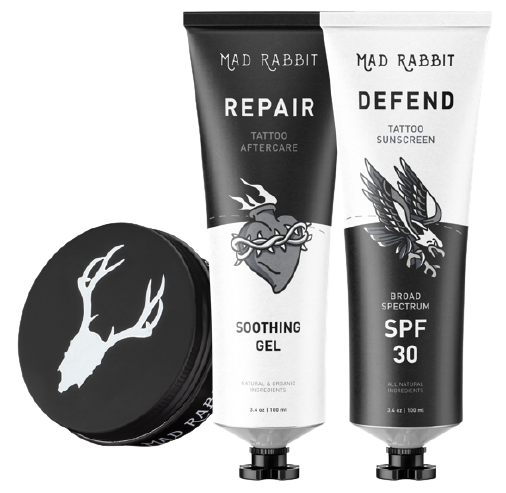
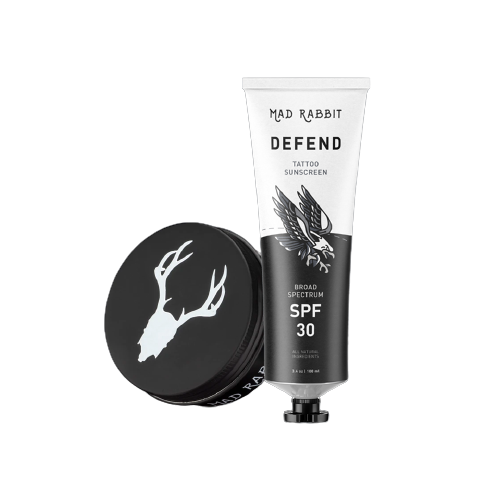
Daily Defense Set
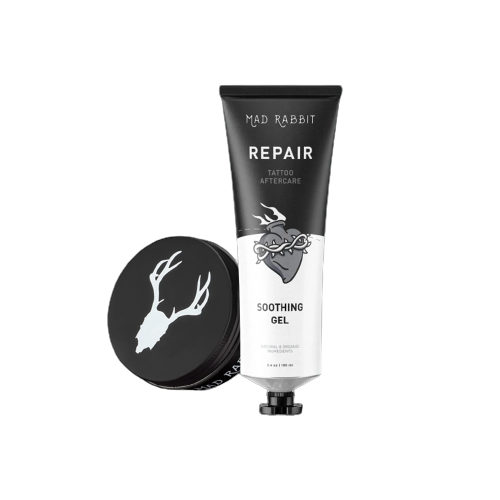


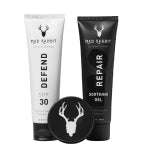
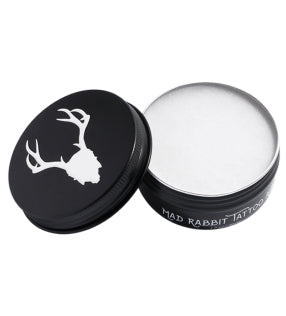
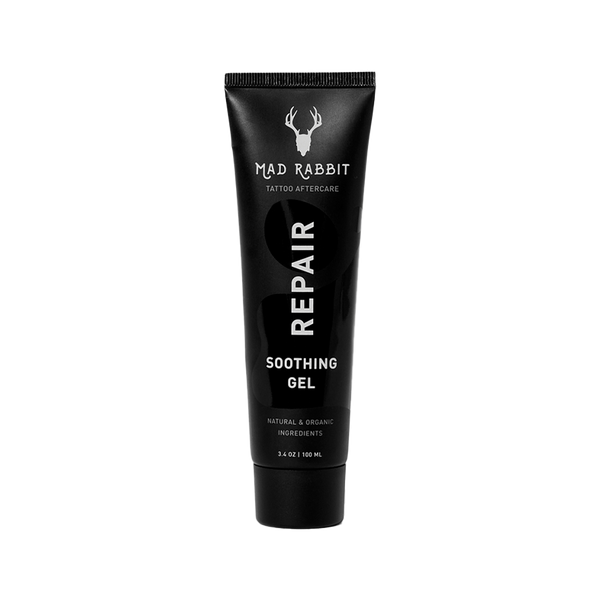

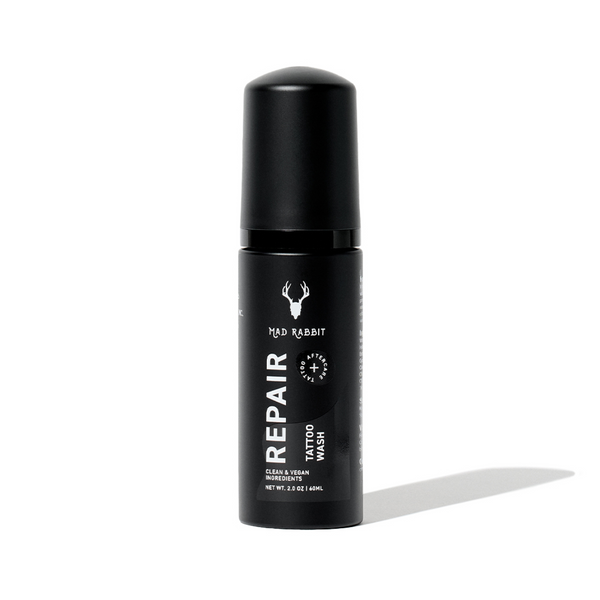
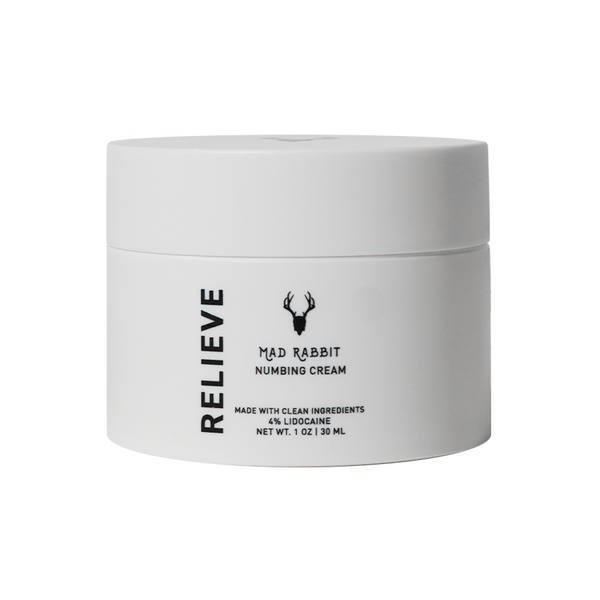

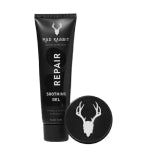
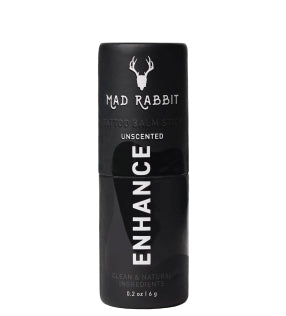
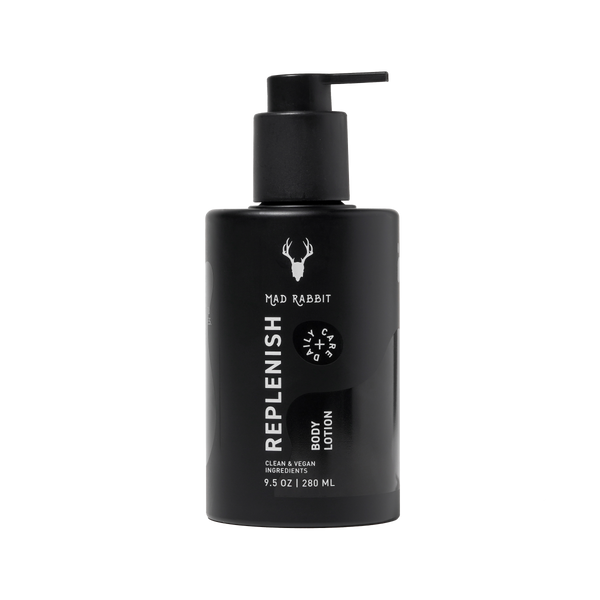
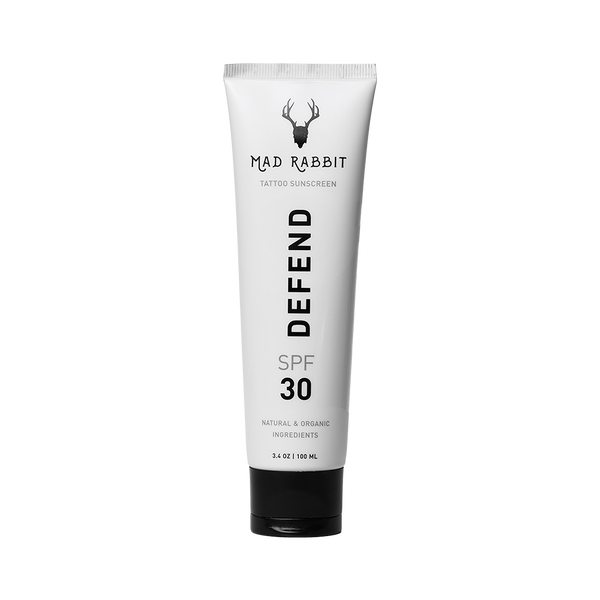
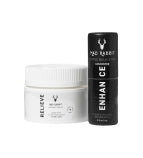

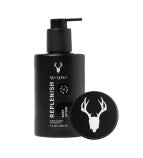
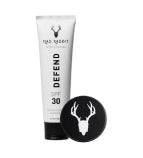
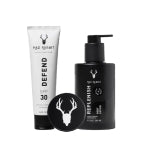

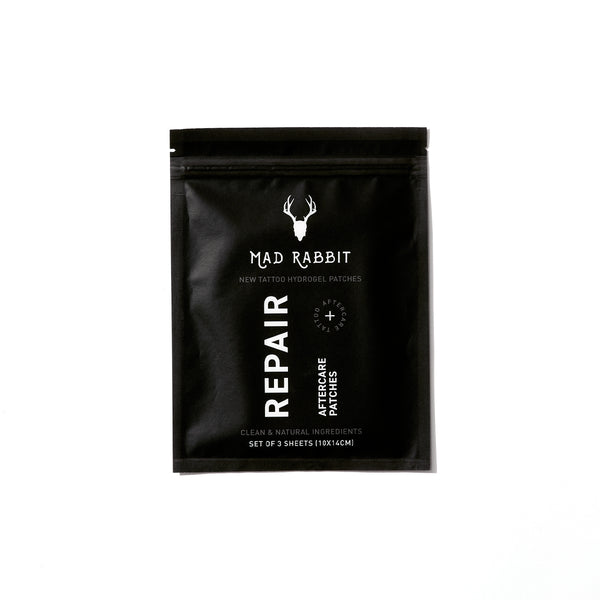
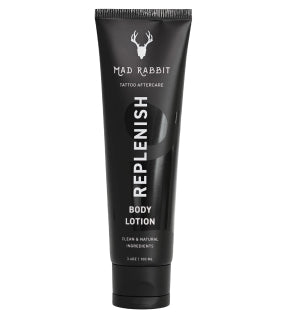
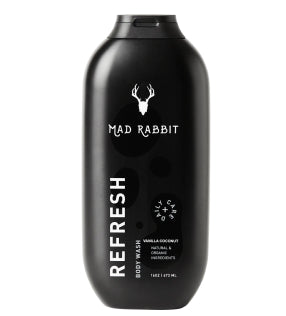

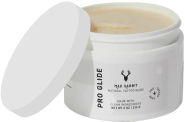



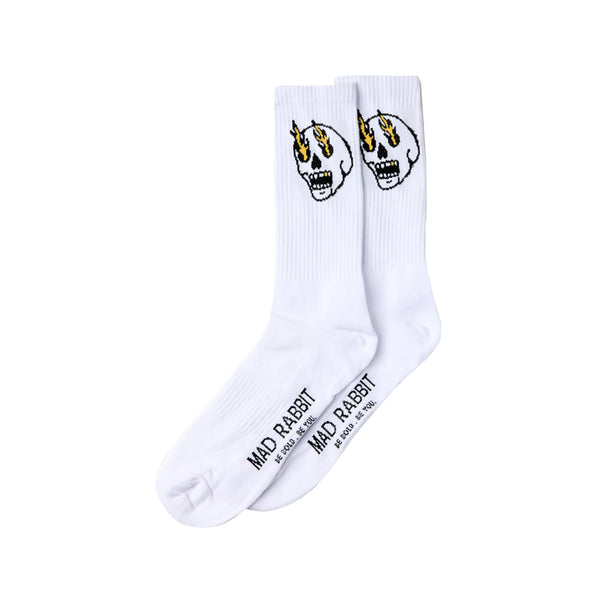
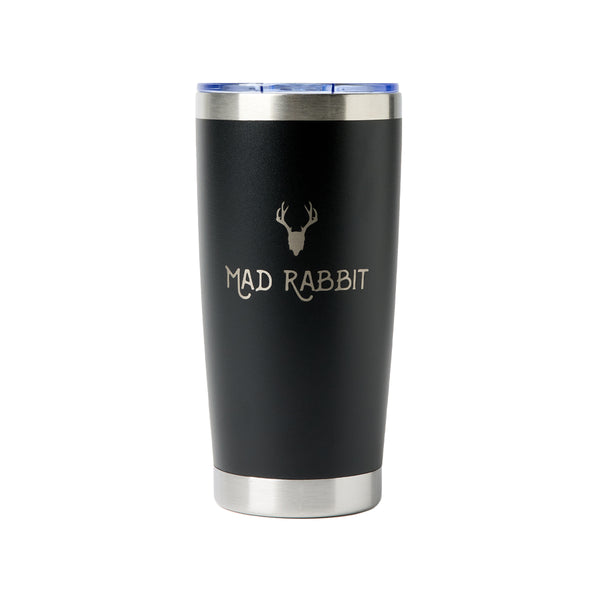

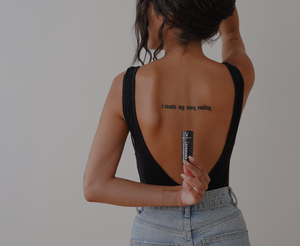
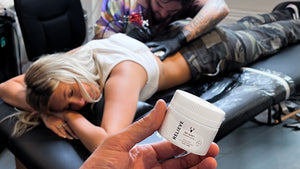
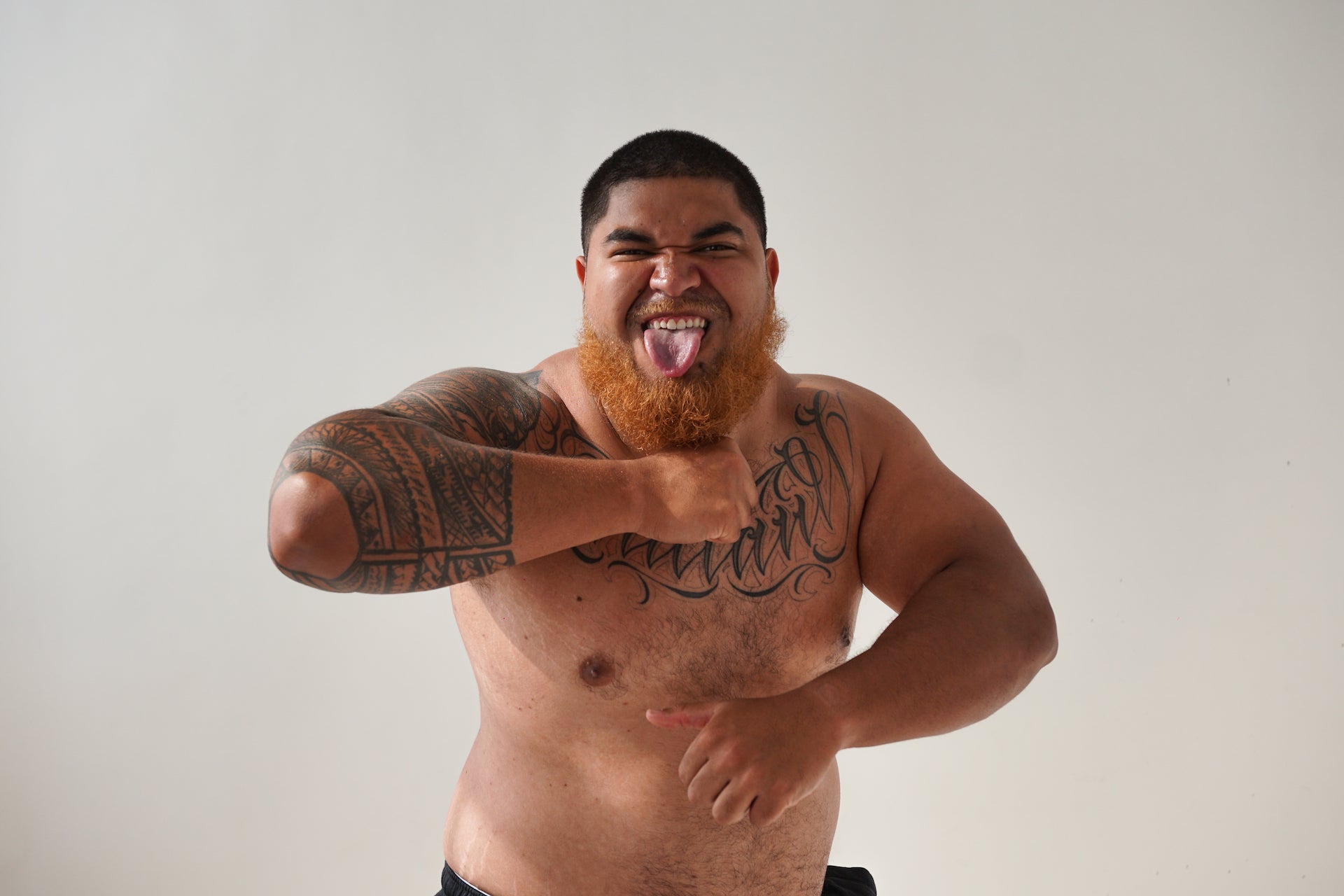
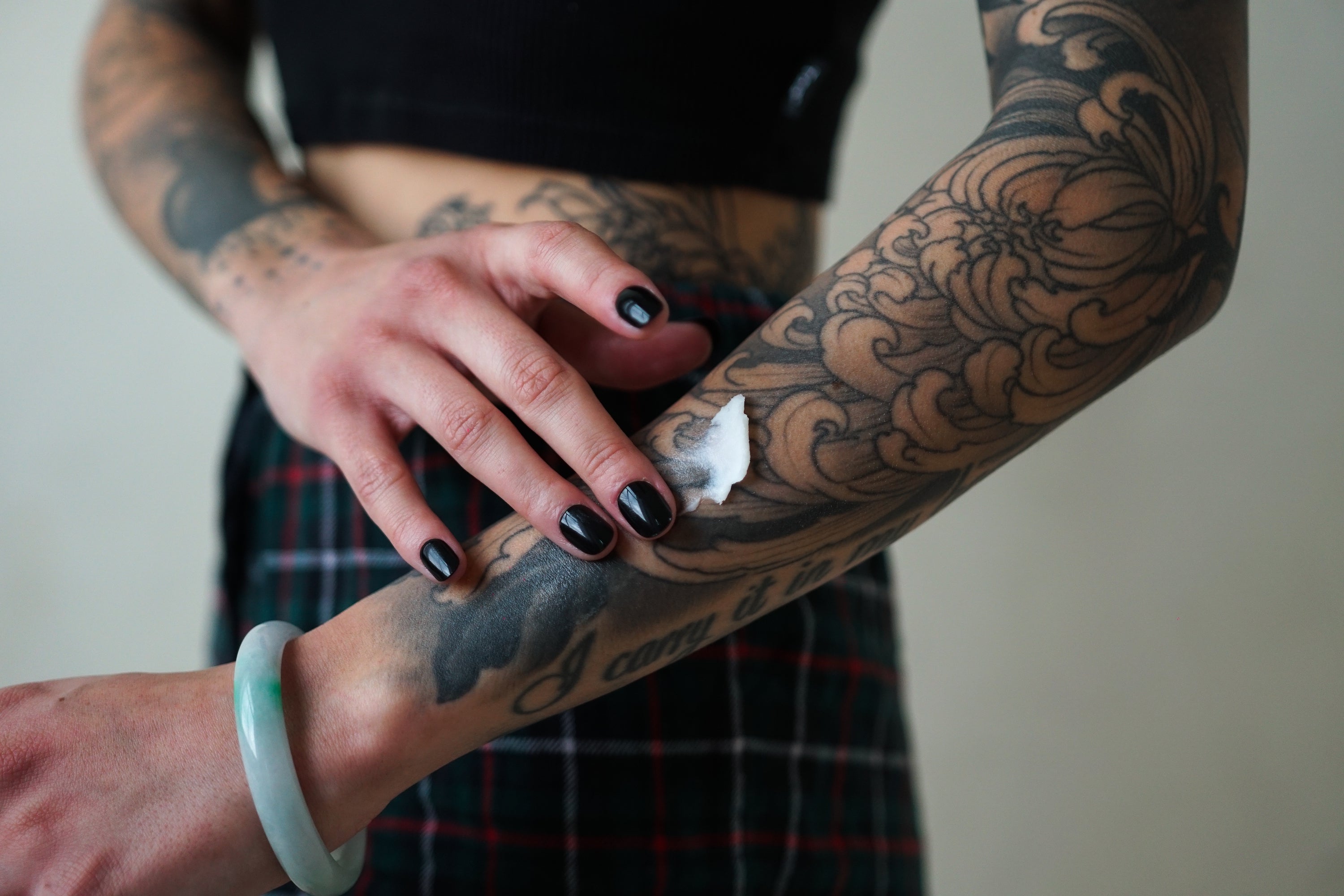
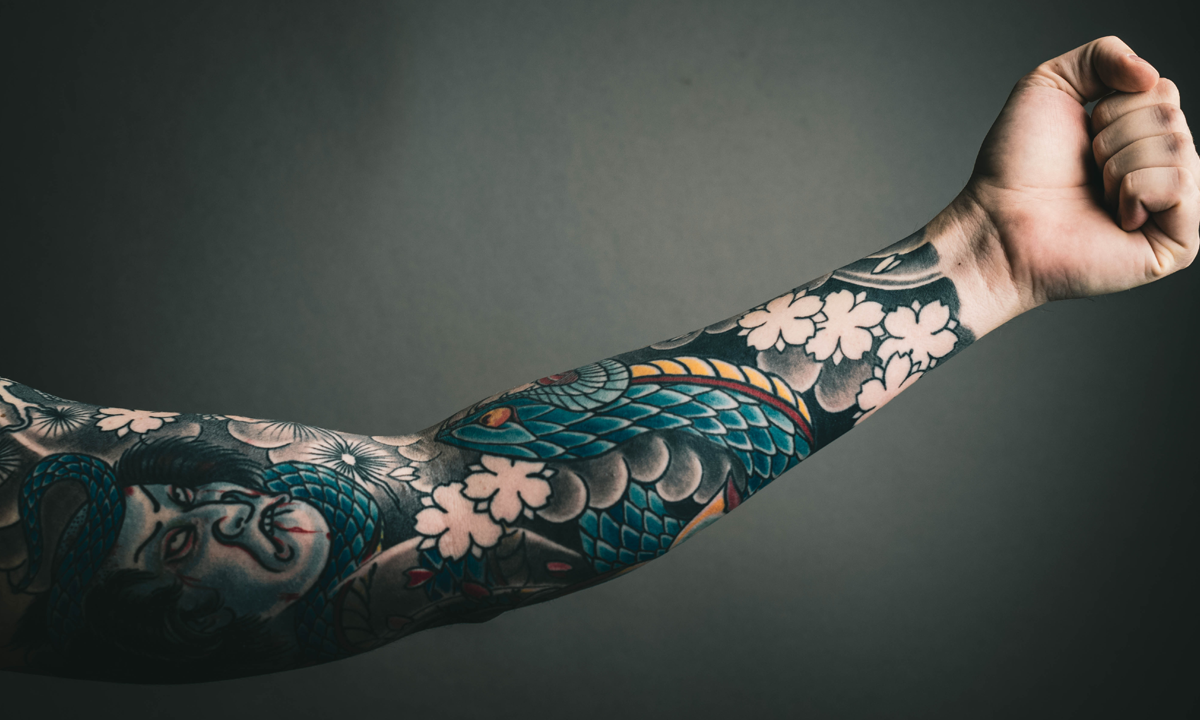
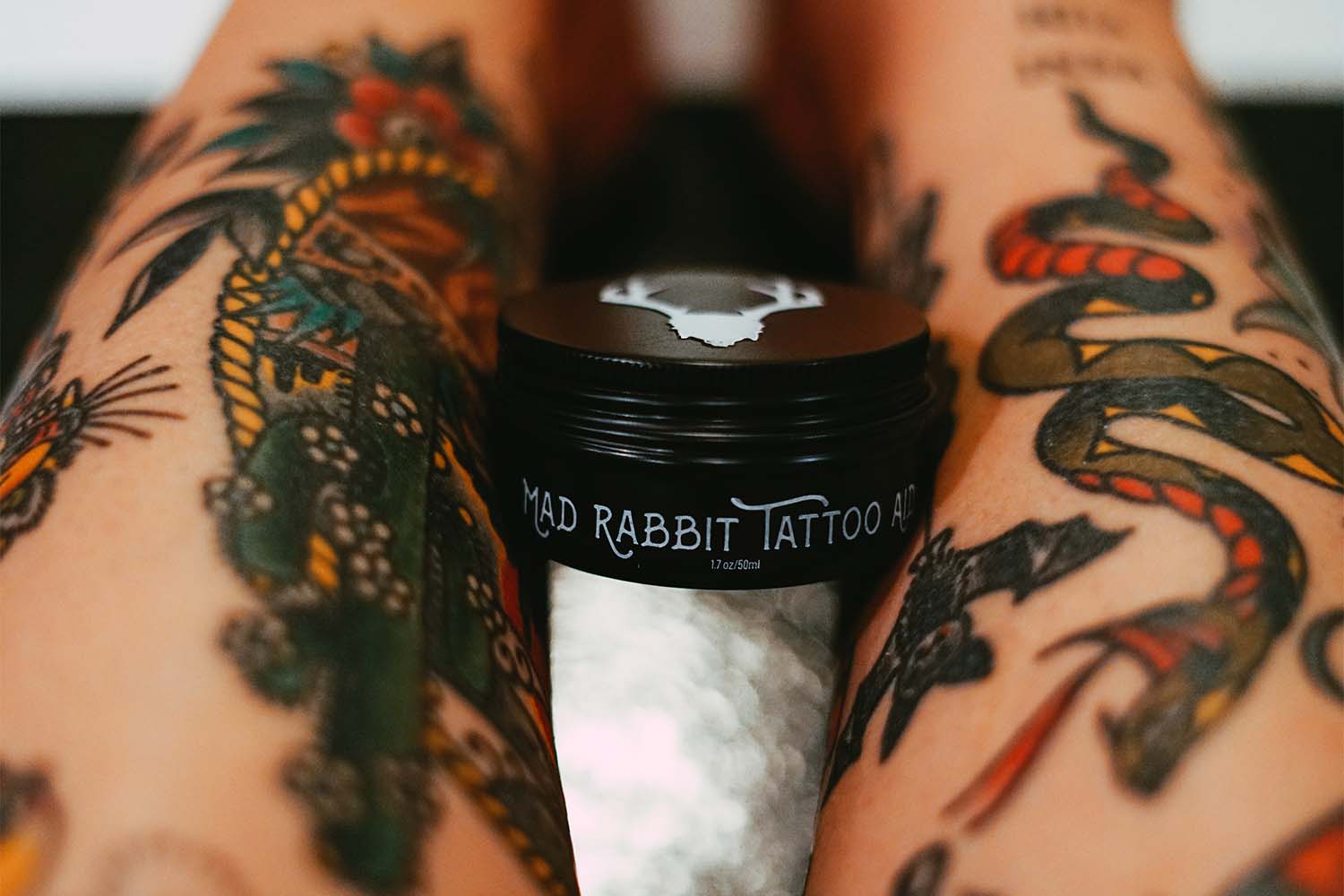
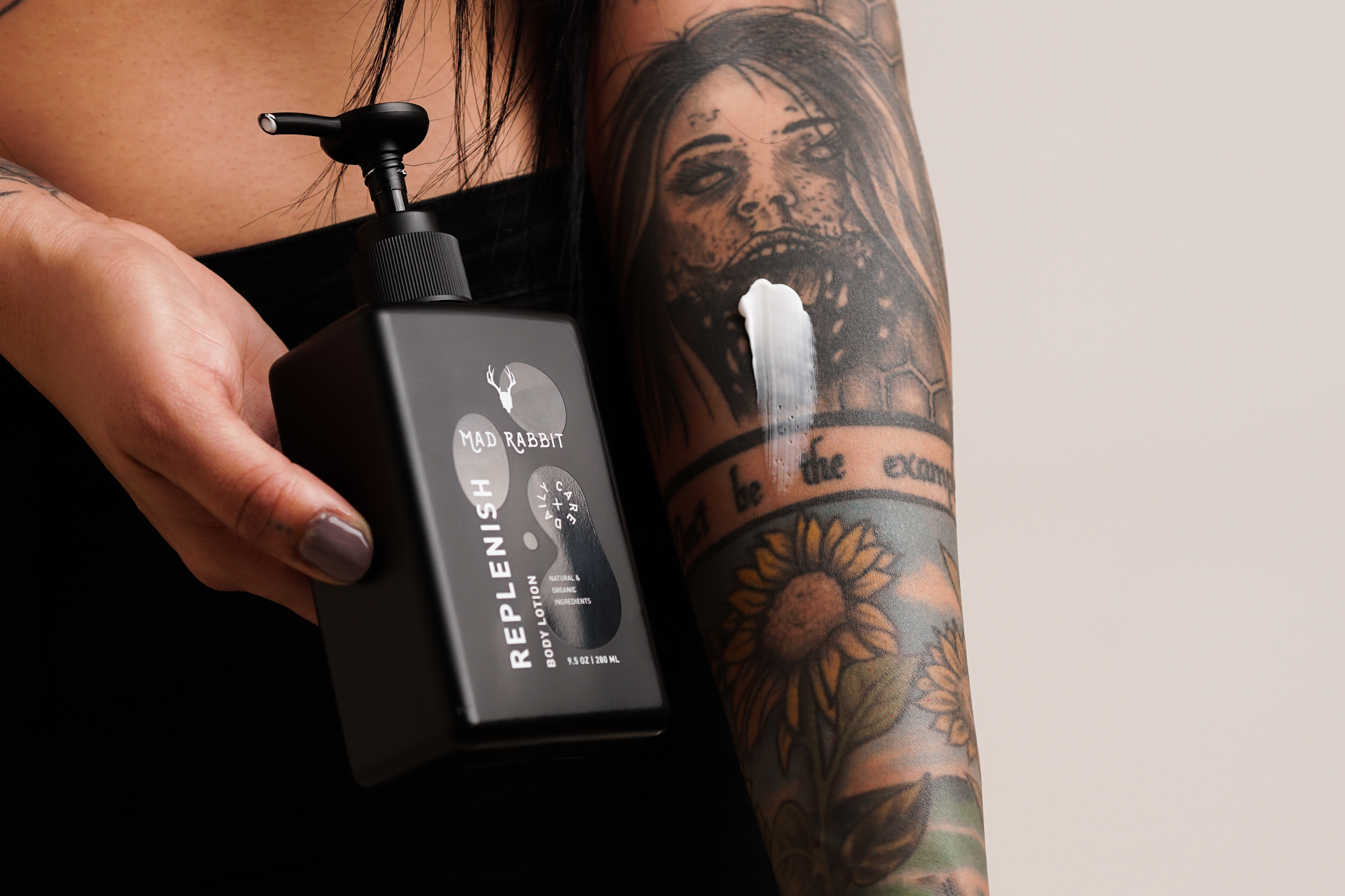
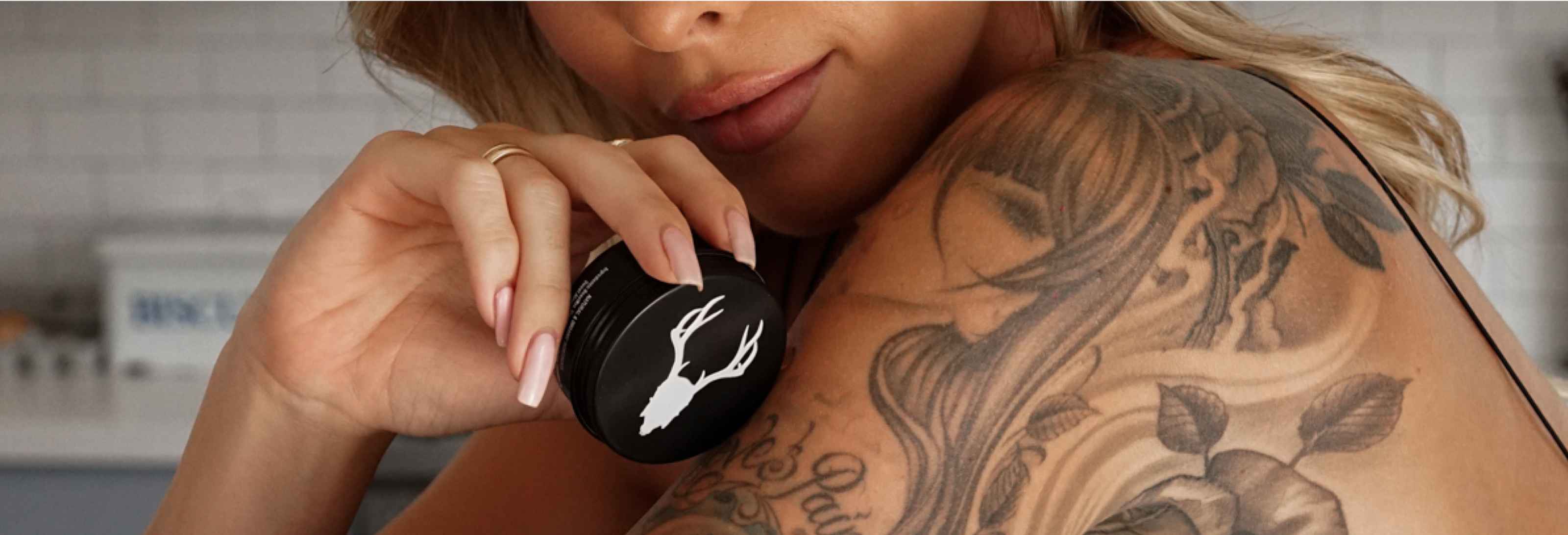
Join the discussion